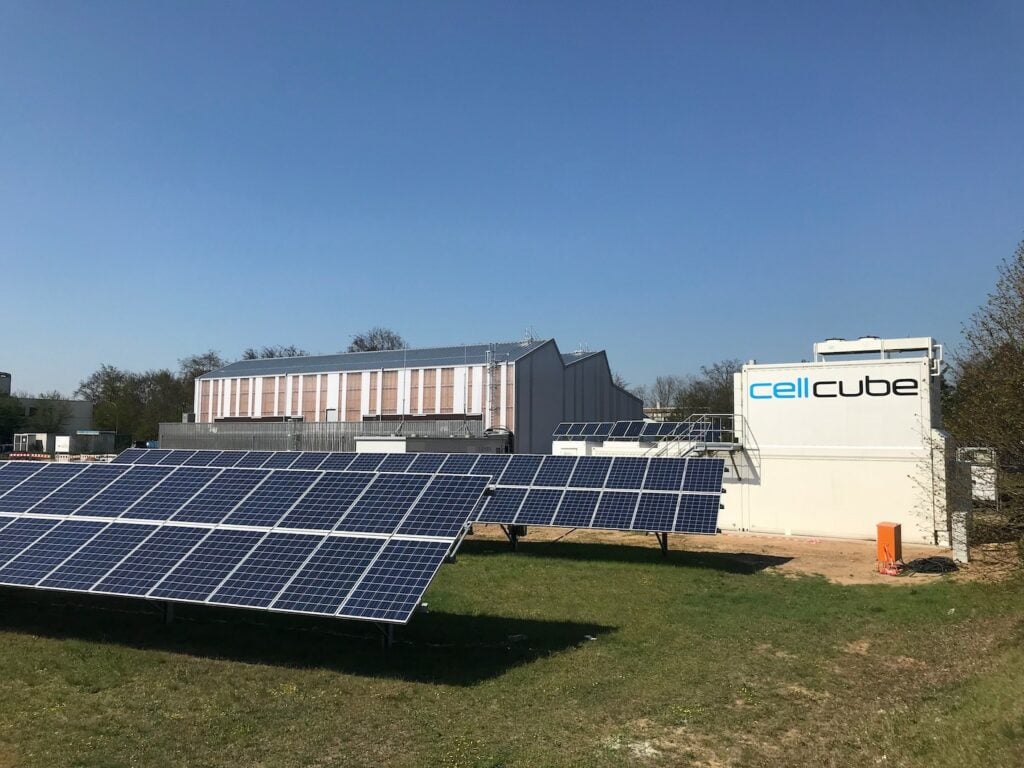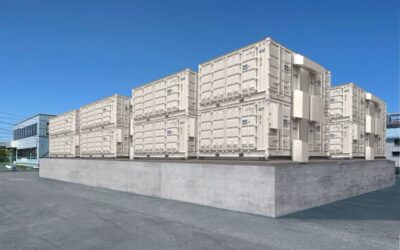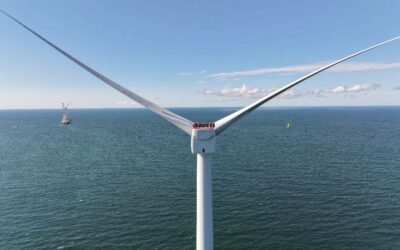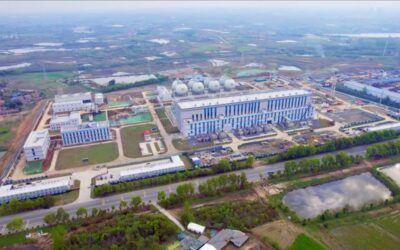
The US Department of Defense Defense Innovation Unit will try out ‘prototype advanced energy systems’ based around long-duration energy storage (LDES) technologies.
With the aim of creating resilient and decentralised energy systems for field installations and logistics applications, the Defense Innovation Unit (DIU) will deploy two types of flow battery technology and mobile power systems.
Enjoy 12 months of exclusive analysis
- Regular insight and analysis of the industry’s biggest developments
- In-depth interviews with the industry’s leading figures
- Annual digital subscription to the PV Tech Power journal
- Discounts on Solar Media’s portfolio of events, in-person and virtual
Or continue reading this article for free
Called Extended Duration for Storage Installations (EDSI), the ability of a vanadium redox flow battery (VRFB) system from Austrian company CellCube, a zinc-bromine flow battery from Australian company Redflow and mobile power solutions from US company DD Dannar will be installed in field trials through the project.
Each technology will face strict criteria on which they will be assessed, the Department of Defense (DoD) said on Tuesday (3 October). They must provide at least 50kW of power, and no more than 1MW, for durations of eight consecutive hours (400kWh to 1,000kWh).
In addition to providing the essential backup power that will help military installations and operations to ride through causes of disruptions to power supply such as extreme weather events, the technologies could enable the military services to increase their consumption of renewable energy and better manage their energy use overall.
“Through EDSI, not only does the DoD get the advantage of energy resiliency during adverse weather conditions, but now we are able to store energy during non-peak times and also tie into renewable sources, optimising best utilisation and economic practices,” Air Force Lt Colonel Ben Thomas said.
Project sizes and capacities were not provided in a release, but the Department of Defense said both the CellCube and Redflow systems will be at “megawatt-scale”.
Redflow’s zinc-bromine flow battery and control system will be installed at a US Air Force site, where they will be integrated with microgrid software and a range of other energy technologies and resources. That includes a solar PV array, which the flow battery system will be able to make dispatchable and use to provide peak shaving of the facility’s draw of power from the grid.
CellCube’s VRFB technology and accompanying battery management system (BMS) will be connected to energy systems at base facilities of the US Navy and Marine Corps.
Dannar’s mobile power solution will be used to help power electric vertical take-off and landing (EVTOL) aircraft for the US Air Force.
It’s another step forward in the recognition of the importance of long-duration energy storage (LDES), which has a very broad definition but tends to be considered as any technology suited for applications requiring 8-hour duration of discharge.
Last month, the US Department of Energy granted conditional funding worth US$325 million for a range of technologies offering promise, following on from the government’s stated mission to enable much lower cost of energy storage for longer durations. Redflow was among the selected recipients of that funding.
Yesterday, Energy-Storage.news ran a story on the thoughts of engineering, procurement and construction (EPC) firms active in energy storage towards assessing non-lithium energy storage technologies.
Dr Helen Fischer of Kiewit and Ben Echeverria of Burns & McDonnell both said that round-trip efficiency (RTE) is the most important factor in assessing the technical and performance capabilities of energy storage technologies.
However, if other factors come into play, such as the DoD’s need for resiliency and backup power, or increased urgency to reduce dependency on fossil fuels, RTE could become less important than the ability to scale or overall cost of ownership.





